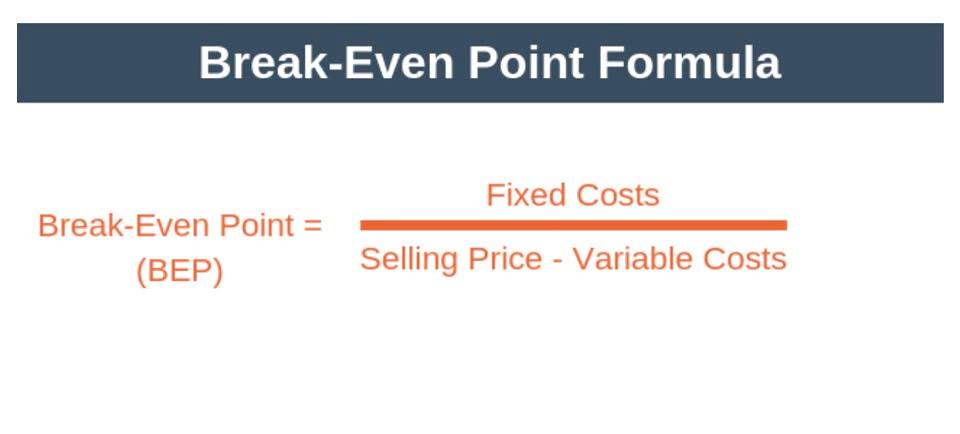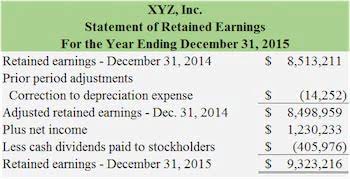
The main components of the income statement accounts include the revenue accounts and expense accounts. In general, saving accounts are highly liquid accounts, meaning it’s fast and easy to access your funds when needed. Federal law used to dictate that account holders could transfer funds out of their accounts up to six times per month. However, this rule was paused in 2020 and you can now make an unlimited number of transfers and withdrawals from savings accounts in many cases.
Liability accounts
First, let’s look at how the chart of accounts and journal entries work together. The articles and research support materials available on this site are educational and are not intended to be investment or tax advice. All such information is provided solely for convenience purposes only and all users thereof should be guided accordingly. The accounts are identified with unique account numbers, and are usually grouped according to their financial statement classification. Take note, however, that the chart of accounts vary from company to company. This would include your accounts payable, any taxes you owe the government, or loans you have to repay.
How accounting software can help manage your chart of accounts
A chart of accounts organizes your finances into a streamlined system of numbered accounts. You can customize your COA so that the structure reflects the specific needs of your business. The chart of accounts is a tool that lists all the financial accounts included in the financial statements what is chart of accounts of a company. It provides a way to categorize all of the financial transactions that a company conducted during a specific accounting period. Because the chart of accounts showcases a full listing of your company’s accounts, it’s a great way to track money coming in and going out.
Step #3: Organize account names into account types

The structure of the chart of accounts makes it easier to locate specific accounts, facilitates consistent posting of journal entries, and enables efficient management of financial information over time. The COA serves as an invaluable tool for accessing detailed financial information, benefiting individuals within companies as well as external people, including investors and shareholders. The chart of accounts is not just a regular financial document but rather it is an integral part of strategic financial management and informed decision-making. The relationship between journal entries and the chart of accounts is akin to the relationship between a script and its cast of characters. The COA serves as the cast—a structured list of all accounts where financial transactions can be recorded.
- The COA serves as an invaluable tool for accessing detailed financial information, benefiting individuals within companies as well as external people, including investors and shareholders.
- DTTL and each of its member firms are legally separate and independent entities.
- The primary difference is that a high-yield savings account offers a much higher APY on your funds than a typical savings account.
- The accounts in a chart of accounts will vary depending on your business size and type.
- As a result, it helps businesses determine the effectiveness of how different business layers perform.
- Examples of assets include your accounts receivable and physical assets like vehicles, property, and equipment.
- Unlike other software applications, Kashoo does not include an option for importing an existing chart of accounts.
Income statements—also called profit and loss statements—can be generated monthly, quarterly, or annually to interpret your company’s profitability during a given time. You have been credited with $20 cash for these products, which means you also have $20 in the income account. For the charts of accounts, this type of information can be summarized under the profit & loss statement as it relates to the cost of goods sold with a specific number to denote the account and, later on, to locate it.
Chart of the week: whole of government accounts – ICAEW.com
Chart of the week: whole of government accounts.
Posted: Sun, 21 Apr 2024 05:42:33 GMT [source]

Follow the journey of one of history’s most influential figures in accounting, Luca Pacioli, the father of accounting. Let’s say that in the middle of the year Doris realizes her orthodontics business is spending a lot more money on plaster, because her new hire keeps getting the water to powder ratio wrong when mixing it. Upgrading to a paid membership gives you access to our extensive collection of plug-and-play Templates designed to power your performance—as well as CFI’s full course catalog and accredited Certification Programs. This coding system is important because the COA can display many line items for each transaction in every primary account.
business decisions?
- Small businesses use the COA to organize all the intricate details of their company finances into an accessible format.
- In the European Union, most countries codify a national GAAP (consistent with the EU accounting directives) and also require IFRS (as outlined by the IAS regulation) for public companies.
- An excellent choice for sole proprietors and new businesses, Kashoo combines an easy-to-use interface with solid accounting capability, including a default chart of accounts.
- Reporting options in AccountEdge Pro are excellent, with customizable financial statements available.
- Companies often use the chart of accounts to organize their records by providing a complete list of all the accounts in the general ledger of the business.
- For instance, if you rent, the money moves from your cash account to the rent expense account.






